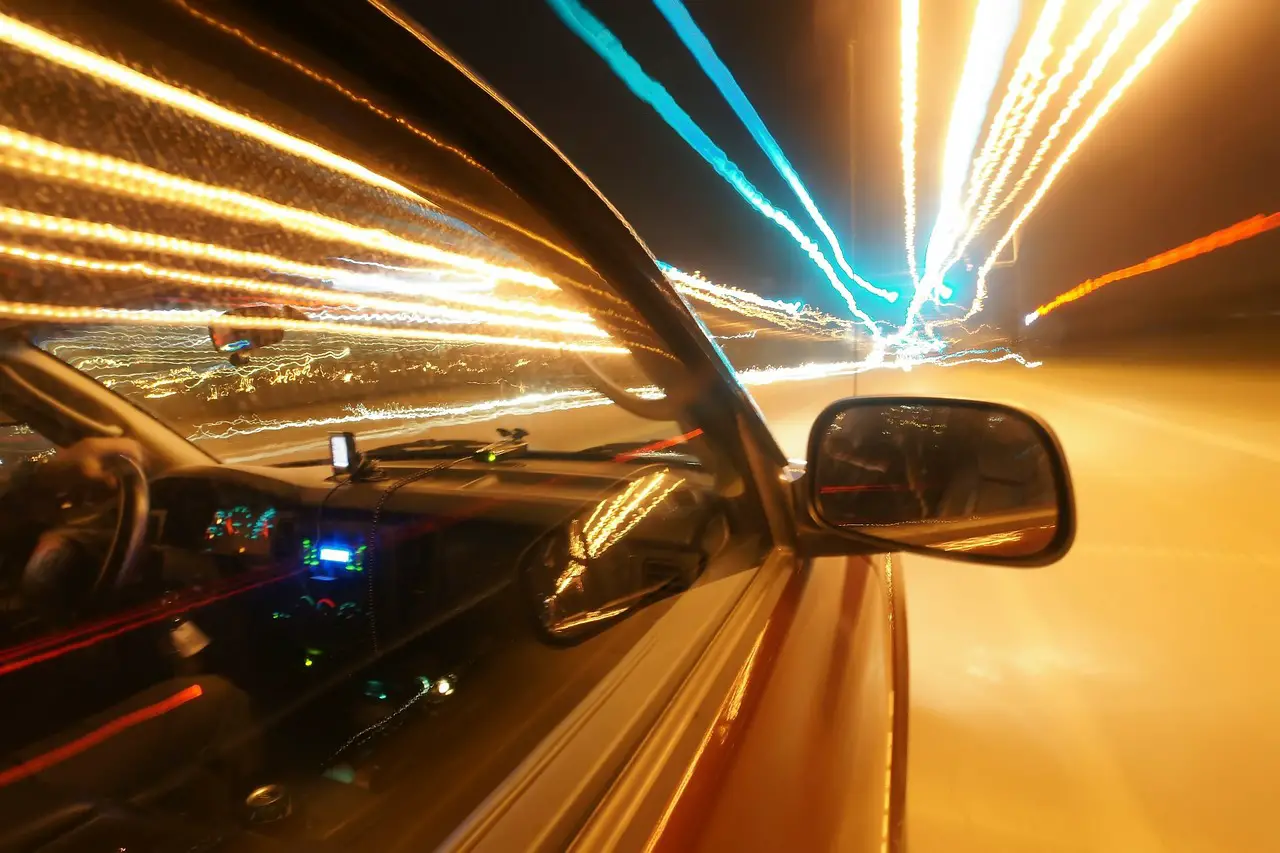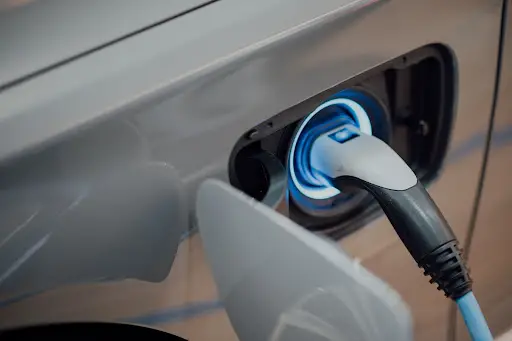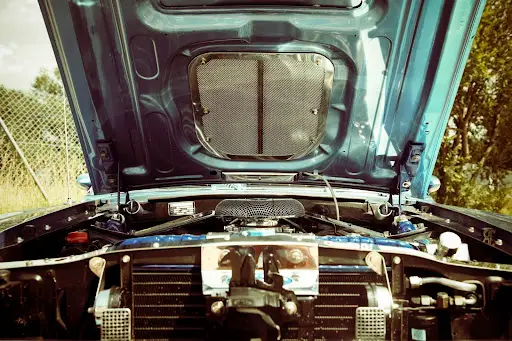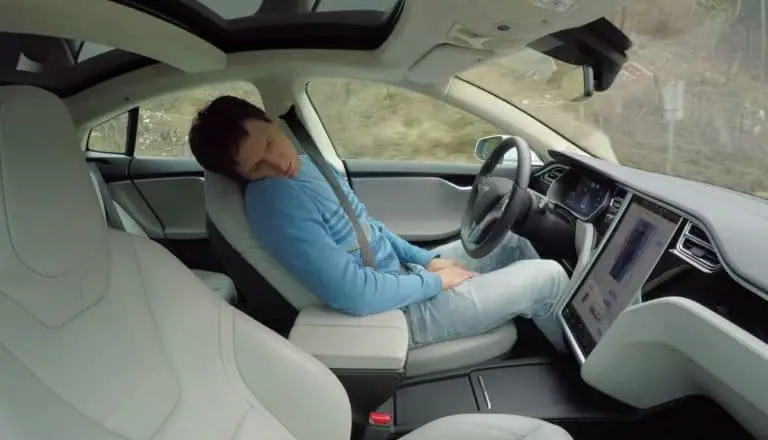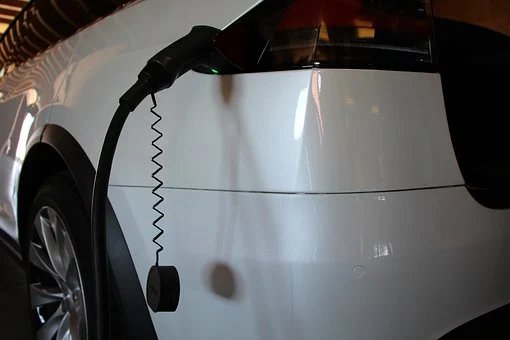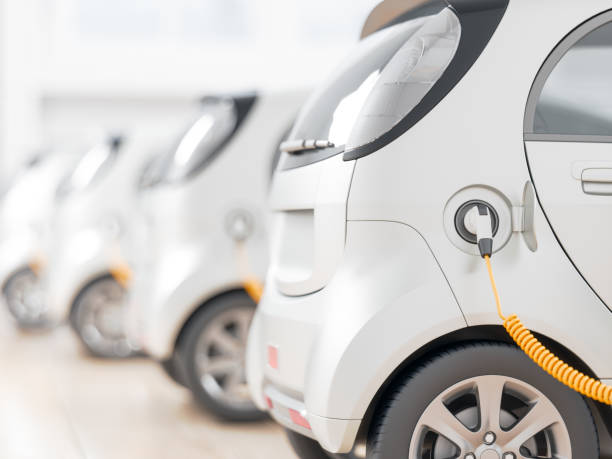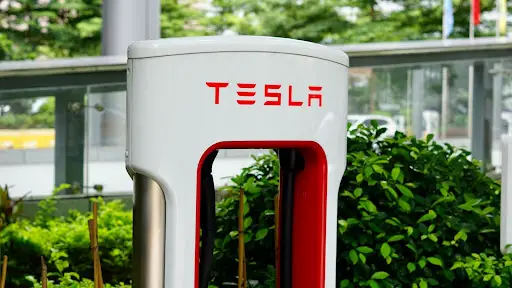Why Tesla Cars Accelerate So Fast
Imagine owning a regular family sedan that can accelerate from 0 to 60 miles per hour faster than Lewis Hamilton’s Mercedes F1 car? Some Electric Vehicles (EVs) have this capability at a nominal price compared to designing and manufacturing an F1 car.
Tesla calls it “Ludicrous” mode and, when selected, it accelerates the car from 0-60 mph in 2.4 seconds! The main reason for this monstrous ability is the size of the battery that Tesla uses to power the engines. Model S batteries have a density almost five times greater than previous models.
Once considered an impractical method of powering a car and restricted to slow, cumbersome vehicles, electric storage technology has increased to such an extent that they now power some of the most expensive and desirable cars available.
Table of Contents
- Ludicrous Mode Allow Tesla Cars Accelerate So Fast
- How Does The Battery Make A Tesla So Fast?
- Conclusion
Ludicrous Mode Allow Tesla Cars Accelerate So Fast
If you don’t turn your head fast enough, or you blink for too long, you will miss the Tesla Model S Plaid speeding past you. With a 2.4 second 0 – 60mph acceleration time, it has been rated by Autocar, alongside the Bugatti Chiron, as the second fastest accelerating car in the world.
The only vehicles faster with a time of 2.3 seconds are the Ultima Evolution Coupé and the Dodge Challenger SRT Demon.
EVs accelerate faster than the equivalent Internal Combustion powered vehicles for several reasons.
Electric Powered Engines Deliver Max Torque From Zero Revs
Gas engines produce the most power only when they reach higher RPMs.
Gas-powered engines produce very little power at low RPMs, and the engine’s RPMs must increase on a power curve before maximum torque is delivered. Therefore, drag racers keep their machines revving at the limit before being released.
That means that when they shift into gear, the engine is at the correct place on the torque curve to produce maximum acceleration. On the other hand, electric engines produce maximum torque from zero RPM.
In an EV, the amount of power the motor can make is only limited by the amount of energy the battery can produce. The acceleration stops once a maximum battery power or a speed limiter is installed.
Electrically Powered Engines Don’t Have Gears
Internal Combustion engines have a few disadvantages compared to EVs. The main one is that the engine delivers maximum power over a relatively short band of revolutions.
The gearbox connects the engine to the wheels to maximize power delivery.
When the driver accelerates, they monitor the engine RPM. When the engine RPM approaches the top of its optimum torque range, the driver changes the gear, and the acceleration continues; this has two impacts on acceleration.
- When the RPMs are lower, the torque is not optimal, and every time a gear is changed up, the engine revolutions reduce, and maximum torque is compromised.
- There is no power delivery to the wheels when the gear is changed, and the acceleration momentum is briefly interrupted. Although modern automatic gearboxes provide an almost seamless power delivery, there is still a tiny delay when changing gears.
However, an EV engine unit delivers the power linearly with no breaks. The acceleration continues until the maximum battery power is being consumed.
The more skilled a driver is with Internal combustion engines, the faster the acceleration will be achieved. Electric motors have no such requirement, and in an electrically powered car, the driver simply has to mash down the accelerator pedal, and the car does the rest.
Apart from possible differences in reaction time, the driver’s skill set makes no difference whatsoever.
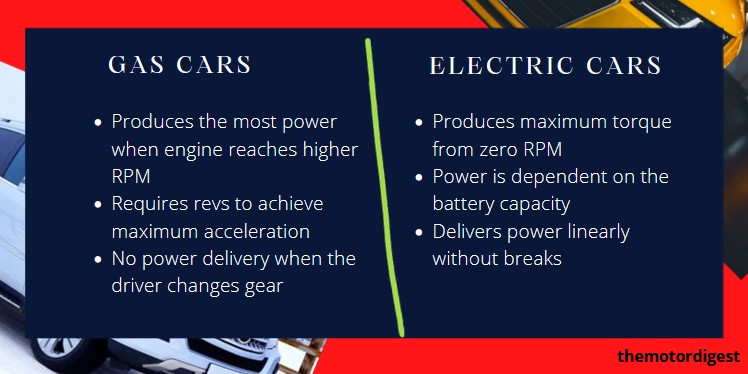
Tesla Use State Of The Art Traction Control Systems
The Tesla Model S Plaid is an all-wheel-drive vehicle, and every tire is used to apply traction to the road.
Instead of just spinning the tires, a Model S uses a traction control system to stop the spinning wheel, and once it regains traction, torque is applied again. These adjustments happen in microseconds and are barely noticeable to the driver.
If an EV senses a wheel is spinning, its software immediately cuts off the power to that wheel, whereas on internal combustion-powered cars, either the brakes are applied, or the throttle setting is reduced. Tesla calls their system “Torque Vectoring.”
Although Internal Combustion powered cars also have anti-slip technology to prevent the wheels from losing traction, EVs do the job much more effectively.
An Internal Combustion powered system takes longer than the equivalent EV system and slightly decelerates the car when applied.
Tesla Has The Very Fast Ludicrous Mode
When a Tesla is switched to Ludicrous mode, several things occur.
- The battery is pre-heated so that it can deliver maximum power
- The restrictions on power delivery are removed, which provides maximum current to the engines.
Tesla Models With Ludicrous Mode Have Beefier Electronics
Irrespective of how big the battery is; It won’t generate optimum power if the electric circuitry is too small to deliver the current.
Thicker, more capable conductive wiring means Tesla performance models deliver more current to the motor.
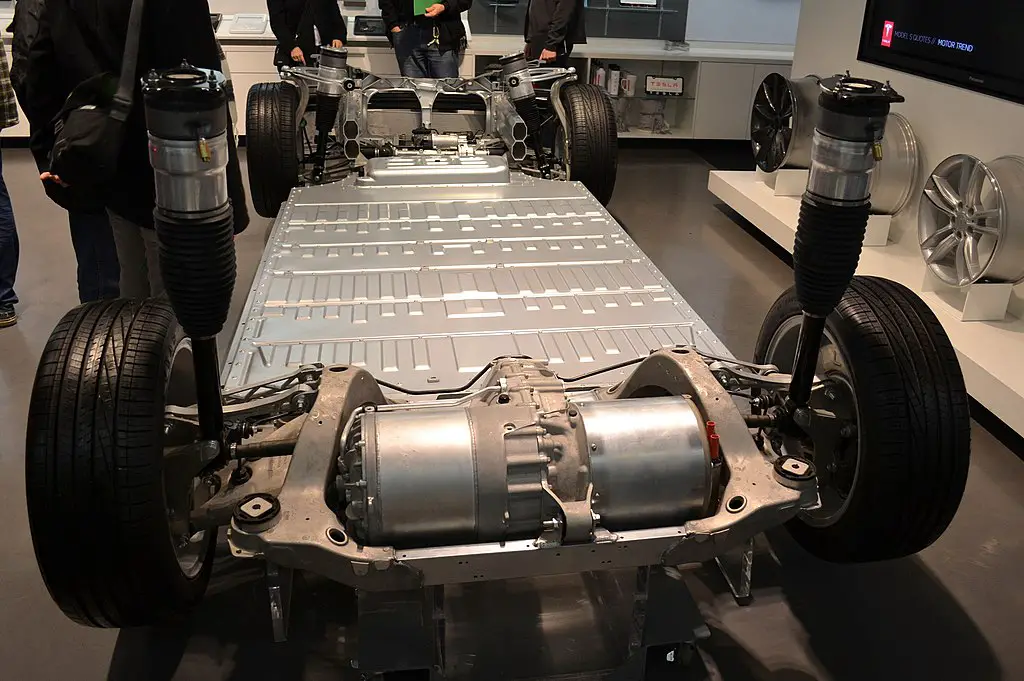
How Does The Battery Make A Tesla So Fast?
The neck-breaking acceleration of the new Model S Plaid has been achieved by installing hugely powerful Lithium-Ion batteries, which power the two engines installed at each axle. The more powerful battery results in more current delivered to each motor.
Battery technology has developed so fast over the last few years. These previously heavy and inefficient storage devices are progressing down a path that has created more powerful and effective devices.
The older lead-acid and gel-based batteries were cumbersome, and not only couldn’t they hold a sufficient charge to power a vehicle for any length of time, but they also degraded the more often they were charged.
In recent years the technology behind EV batteries has changed to Lithium-ion batteries which are even lighter and more compact.
Tesla is a global leader in battery technology; this is arguably one of the primary reasons for its success; this is not to take away from any of the other class-leading technologies that the manufacturer has introduced.
The secrets behind Tesla’s battery technology have not been officially disclosed but probably include the following.
Tesla Batteries Have Increased Battery Density
Power density (the energy density delivered per second) determines how fast energy can be recharged into the battery and how fast the battery can provide current to electrical consumers. The higher the battery density, the quicker both actions can occur.
Battery density determines how much power can be delivered to the electric motors every second.
Tesla Model S Plaid batteries are a giant leap forward in capability than previous generations of Tesla batteries. They provided nearly five times the energy storage at just half the cost of their existing technologies.
Conclusion
The main reason that Tesla Cars Accelerate So Fast comes down primarily to the battery technology this company has pioneered.
Tesla has been at the forefront of so many automotive developments, and the result is that Tesla is now the highest-valued car manufacturer in the world. Other systems help maximize the power delivery; however, the batteries make the difference at the heart of the matter.
Amazon and the Amazon logo are trademarks of Amazon.com, Inc, or its affiliates.

